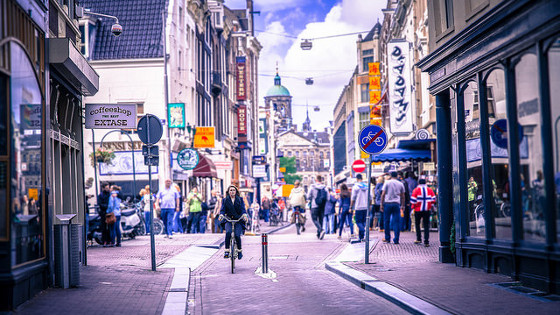General guidelines for teachers
This project is made up of six different missions whose main topic is The Town. There are activities to do individually, in pairs or in teams.
This project is part of a set of ten projects designed to cover all the learning standards of the curriculum of Secondary Education are published at the BOE (January 3rd 2015), pages 424 - 427. With this project you will be able to let your students be autonomous learners and guide them through their learning.
There are activities which involve both individual work, collaborative pair work and group work.
We strongly recommend to work with them through daily aims to get to the end of the project and accomplish each challenge successfully. This means at the beginning of each lesson you should take five minutes to check where your students are and to tell them where you would like them to get at the end of the mission.
For example: 'At the end of the mission each student will have had to finish the listening activities, which will be checked by the teacher'.
Each project is student-centred and has several areas of interest:
- In each project, students have to accomplish a task, in order to learn something useful for their big final task.
- There is also a challenge in each project, where they have to collaboratively design a product. They are expected to actively work with information and communication technologies. They will create a post for their blog. This blog will be a portfolio to show all their knowlegde along this set of projects.
- Students also have to complete a learning diary, using a Google Drive Document a the different tips we offer to the students at the end of each mission.
- Student will also have a personal portfolio, using a personal blog where they have to reflect on the different contents they are working on, they have to upload the different audios and videos they produce, and they have to share the link to the different post of their project.
Apart from this project-based approach, each project is also focused on different vocabulary, grammar structures and text types. There are several activities to work on the different skills: listening, writing, reading, speaking and interaction to satisfactorily achieve every goal from a linguistic point of view.
To sum it up, they are going to work on all the contents of the syllabus of their level with a project-based learning orientation.


